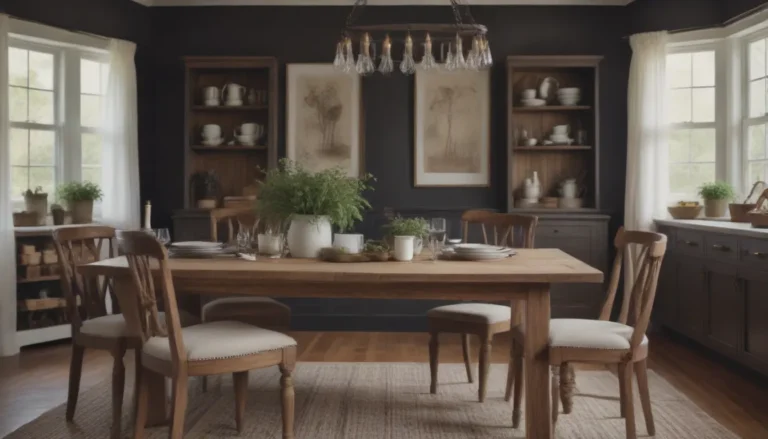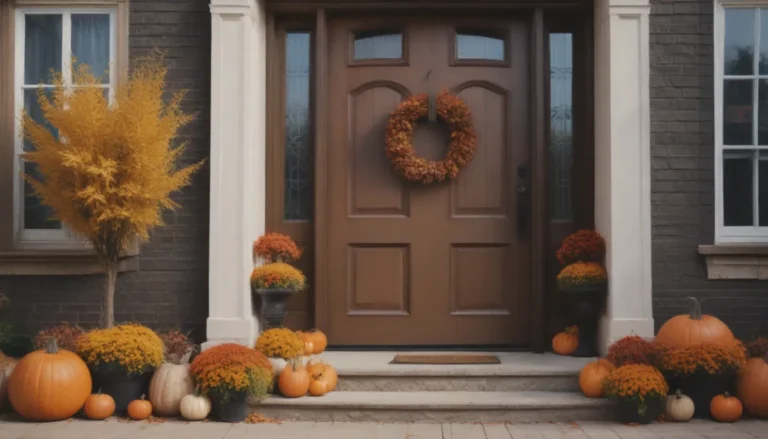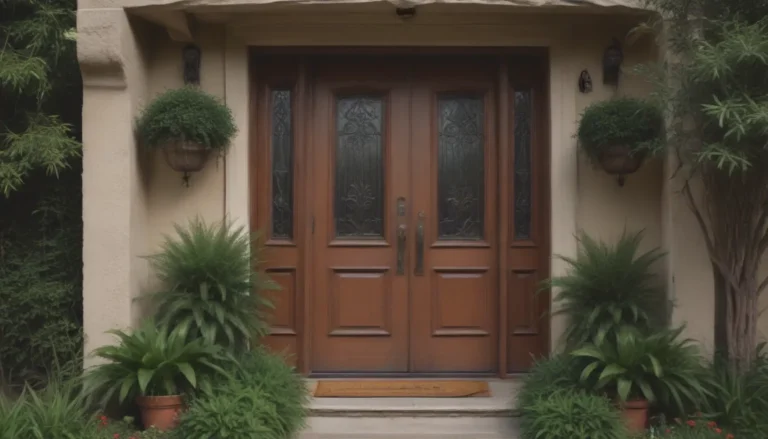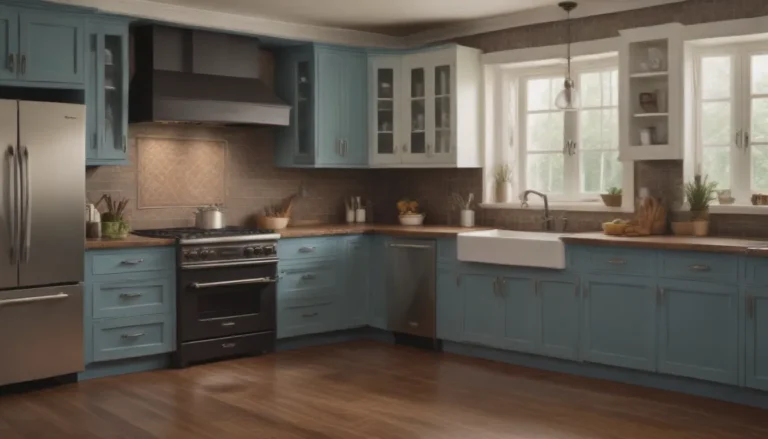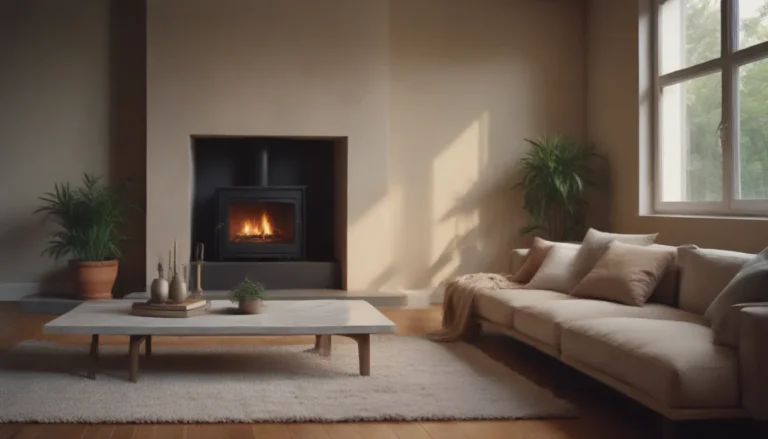Understanding Adobe Style Homes: A Blend of History and Innovation
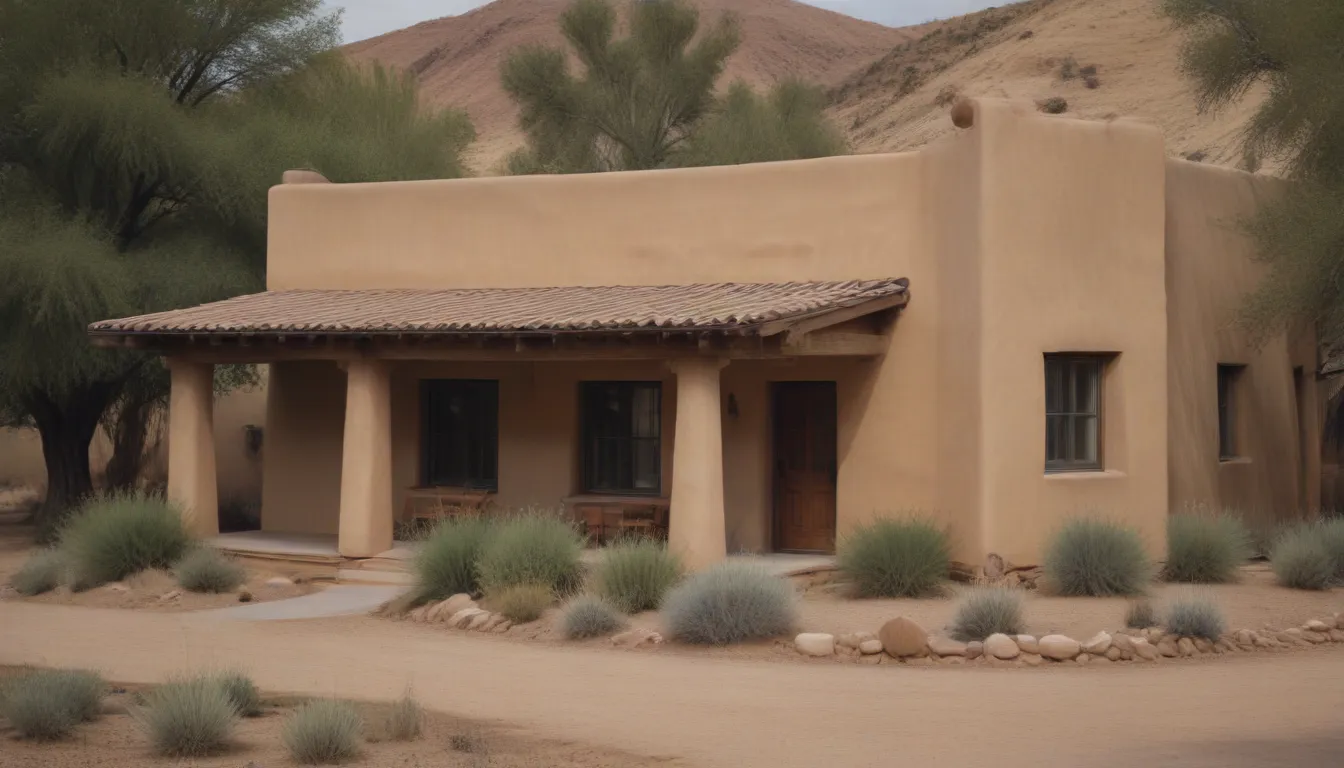
If you’ve ever admired the unique charm of adobe-style homes in the southwestern United States, you may have wondered about the history and features that make them stand out. In this article, we’ll delve into the fundamentals of adobe-style architecture, explore key features that set these homes apart, and discuss how to style your adobe-style house to embrace its natural surroundings.
Unpacking the Origins of Adobe Style
Adobe-style homes trace their roots back to the native Pueblo people, who crafted these distinctive dwellings using dirt, dried grasses, and water. This innovative building technique allowed them to construct sturdy homes perfectly suited to the arid climates of the southwest, where wood was scarce. By mixing these simple ingredients and drying them into sun-baked bricks, the Pueblo people created not just homes, but a lasting architectural legacy.
Fundamentals of Adobe Style
At the core of adobe-style architecture lies a deep connection to the surrounding environment. With earth, grass, and water as their primary building materials, adobe houses boast smooth walls and exposed wooden beams known as vigas. These beams not only lend a rustic aesthetic but also serve a structural purpose, stabilizing the earthen walls. Additionally, the thick walls and deeply set windows help regulate the indoor temperature, keeping the home cool during scorching days and warm on chilly nights.
Incorporating natural elements like tile and concrete for flooring further enhances the home’s ability to maintain a comfortable climate. When multiple rooms are present, each may be constructed using different types of earth or mud, depending on its intended use—a nod to the traditional craftsmanship that defines adobe-style architecture.
Key Features of the Adobe Style
While the earthen construction remains a defining feature, adobe-style homes boast a range of characteristics that make them instantly recognizable. From flat roofs with rounded edges to rooftop gardens and parapets, these homes blend seamlessly with their desert surroundings. Tiered designs, recessed windows, built-in benches, and rounded edges throughout the structure create a harmonious flow that invites the outdoors in.
Notably, adobe houses often showcase beehive-like fireplaces nestled in the corner of a room, adding a touch of warmth and authenticity to the space. Large covered porches and indoor courtyards offer shaded retreats where residents can connect with nature, embodying the spirit of Southwestern living.
Styling Your Adobe Style House
When it comes to decorating an adobe-style home, drawing inspiration from the natural landscape is key. Warm hues like reds, oranges, and browns complement the organic textures of adobe walls, while natural materials such as clay, ceramics, and wood add depth and warmth to the interiors. Furniture with rounded edges, circular motifs, and soft curves echo the architectural elements of the home, creating a cohesive and inviting atmosphere.
Incorporating elements of the outdoors, like dried desert grasses and patterned textiles, further enhances the Southwestern aesthetic. Woven baskets, worn leather, and terracotta tiles bring a touch of authenticity to the space, tying together the traditional and contemporary aspects of adobe-style living.
Architectural Variations: From Past to Present
While traditional adobe homes were circular and often partially underground, modern iterations have taken on a rectangular shape that is more commonly seen today. As architectural styles evolved over time, Pueblo houses emerged, blending traditional adobe construction with contemporary materials like cement and asphalt.
The Pueblo Revival house represents a fusion of old and new, incorporating modern timber framing and additional architectural elements such as slanted roofs. Despite these updates, the earthen materials remain a hallmark of adobe-style homes, ensuring that they retain their timeless appeal and durability in dry climates.
Preserving the Legacy of Adobe Houses, The beacons of History
Adobe-style homes have stood the test of time, with historic examples like Taos Pueblo and the Palace of the Governors dating back centuries. These enduring structures serve as a testament to the resilience and craftsmanship of the Pueblo people, showcasing the lasting beauty and functionality of adobe-style architecture.
While adobe houses may erode with prolonged exposure to water, making them unsuitable for colder, wetter climates, their longevity in arid regions is a testament to their enduring appeal. By understanding the history and key features of adobe-style homes, you can appreciate the rich heritage and innovative design that define this iconic architectural style.
In conclusion, Adobe-style homes are more than just buildings; they embody a deep connection to the land, a sustainable approach to construction, and a timeless elegance that transcends generations. Whether you’re admiring the historic adobe communities of Santa Fe or considering incorporating elements of adobe style in your own home, embracing this distinctive architectural tradition is a nod to the past and a celebration of the future.
